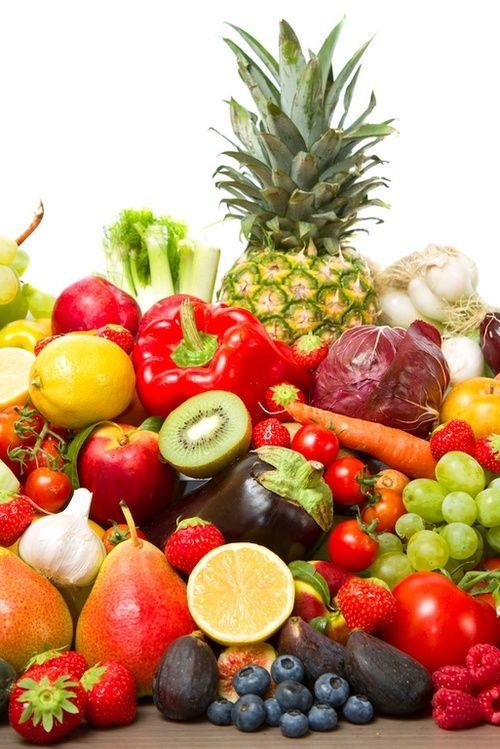Il pepper is the fleshy berry of the Capsicum annuum plant of the Solanaceae family. Thanks to the presence of capsium dihydro (DTC) it helps maintain body weight and has a diuretic action e antireumatica. Let's find out better.

Properties of the pepper
The main nutritional characteristic of pepper is its high content of Vitamin C or ascorbic acid and vitamin A.
Among the sweet varieties, yellow peppers are those with a good content of vitamin C (126 mg / 100 g) but the spicy varieties are the richest in vitamins so that they reach values 300 times higher than each of the other cultivated vegetables, with a of very high ascorbic acid and therefore not recommended for those suffering from ulcer or gastric hyperacidity and children.
Other constituents of some importance are the betacarotene (especially if the pepper is red) e flavonoids (antioxidants that act against free radicals and cellular aging). There are also mineral salts such as magnesium, iron, copper, zinc and calcium which have the advantage of stimulating the vitality of the tissues and activating the venous and capillary circulation, preventing vascular diseases.
Another important property of peppers is that which makes them low in calories (Kcal 22/100 g) since they are made up of over 90% water and very few fats (0,3 g / 100 g).
You can learn more about all the foods that contain vitamin C

Ally of
A group of researchers from the University of California found that sweet pepper helps maintain body weight thanks to the presence of capsium dihydro (DTC), a non-spicy substance found in sweet table peppers that can increase the production of heat in the body (thermogenesis).
The results showed that sweet pepper DTC significantly increased fat oxidation, prompting the body to boost metabolism by using more fat as fuel.
The pharmaceutical use of peppers is also important: in addition to capsicin, in fact, the berries contain lecithin, pectin, vitamins A, C, PP, P2 and E, good doses of calcium and phosphorus. Therefore peppers perform a diuretic, antirheumatic, antineuralgic action, stimulate the vitality of the tissues, promote oxygenation of the blood, activate the venous and capillary circulation, preventing vascular diseases.
Also, thanks to their vitamin C content, consuming peppers regularly allows you to produce more collagen, the main protein in the human body that keeps tissues toned and young.
Origin of the plant
Pepper (from the Latin pipereris, i.e. pepper) is a large and fleshy berry of a plant (Capsicum annuum) belonging to the Solanaceae family native to South America (Brazil).
The Latin name "Capsicum" derives from capsa "box" due to the particular shape of the fruit that recalls a box that contains the seeds but also from the Greek kapto which means "to bite", with evident reference to the spicy that "bites" the tongue when let's have lunch.
In the genus of Capsicum the most important species is Capsicum annuum to which all the peppers that we know belong.
From the pepper plant we consume the fruit, a berry of very variable size initially green in color but which, when fully ripe, takes on a yellow or red color; the "capsicina", an alkaloid that gives the characteristic spicy flavor to this vegetable.
According to some scholars, the starting center of the spread of this vegetable is Brazil, according to others Jamaica, however some archaeologists have found pepper seeds in prehistoric tombs in the Lima region. A precise testimony can be found in the biography of Montezuma, the last lord of the Aztecs, who while he was a prisoner of Cortez, spent time joking with his concubines, eating dishes withRed pepper.
The pepper appeared on European tables when it was imported to Spain in the mid 1500s; then it arrived in the country and only in 1700 in Hungary, which today is one of the main producers of p (spice obtained from particular varieties of peppers containing high percentages of capsicin, which are dried, powdered and mixed with wheat flour).
Variety of pepper
In the country the regions most interested in the cultivation of this vegetable are the southern regions such as Sicily, Puglia, Campania and Lazio.
The most common varieties are:
- type square (sweet) grossum variety. It has a square fruit with thick and sweet pulp, of different colors (red, yellow and green);
- type elongated (sweet) longum variety. The fruit is elongated in the shape of a horn and in some varieties ends with a characteristic curved tip;
- type elongated (spicy) acuminatu variety. Among these we find the thin and long cajenna pepper with a strong and spicy flavor (paprika is obtained from this pepper);
- type trunk (spicy) abbeviatum variety. Among these is the allspice with fruit in the shape of a spinning top and very thick pulp (which is well suited to the canning industry).
Curiosities about pepper
The presence of capsicin, very high in the so-called hot peppers, is measured by the scala Scoville.
In sweet pepper, which is eaten fresh, there are 0 to 500 Scoville units of capsicin, while in Habanero variety, the hottest pepper in the world, reaches 300.000 units.
READ MORE
Peppers among the vegetables of July
Other articles on peppers:
> Properties, benefits and recipes with peppers
> Peppers and digestibility


























